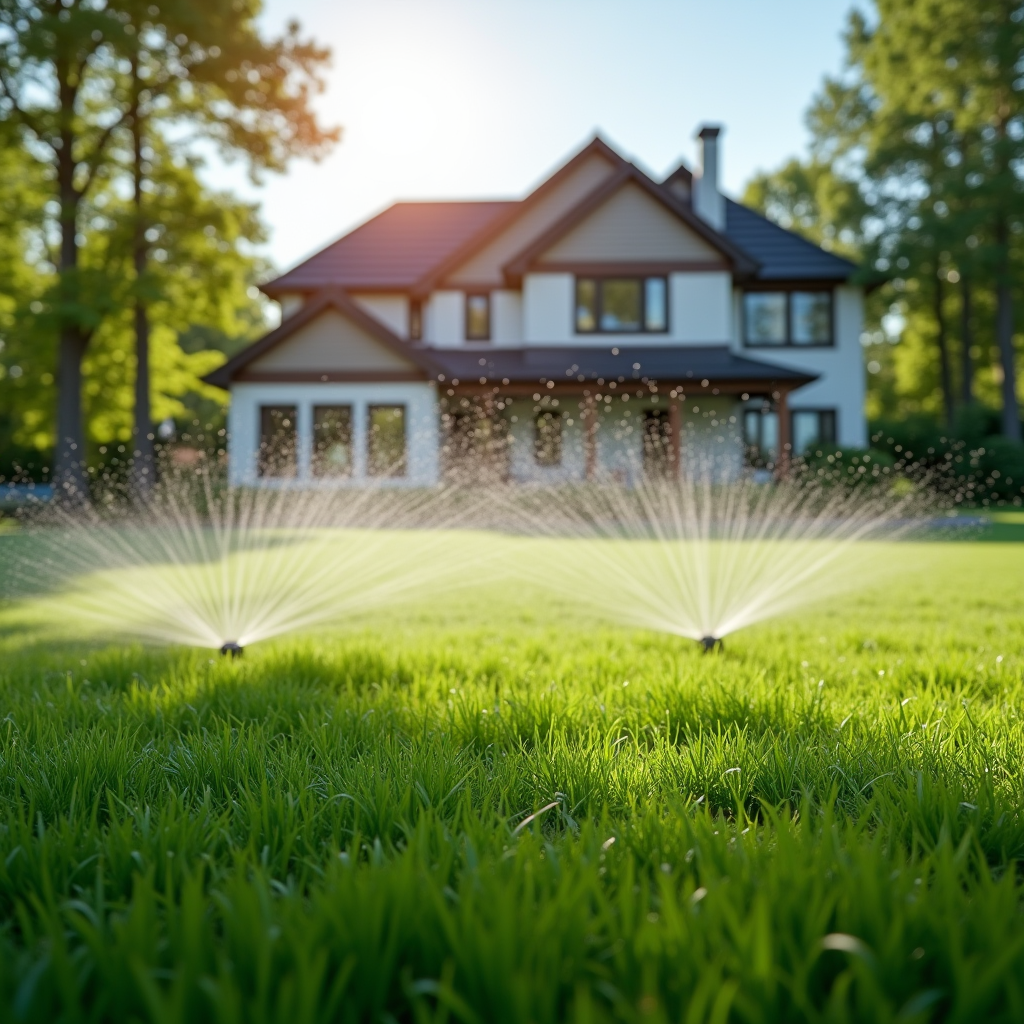Urban landscaping is not just about beautifying spaces; it’s about creating sustainable, functional environments that enhance the quality of life for residents. In Greensboro, NC, a city known for its rich history and vibrant community, the future of urban landscaping is poised to embrace innovative practices that prioritize sustainability, resilience, and community engagement. This article explores the exciting innovations on the horizon for landscaping in Greensboro, delving into trends, technologies, and practices that are reshaping our urban landscapes.
What is Landscaping in Greensboro?
Landscaping in Greensboro encompasses a diverse range of practices aimed at designing and maintaining outdoor spaces within the city. From residential gardens to public parks, landscaping plays a crucial role in enhancing the aesthetic appeal and ecological health of the environment.
The Importance of Landscaping in Urban Areas
Urban areas often face challenges like air pollution, heat islands, and reduced biodiversity. Effective landscaping can mitigate these issues by:
- Improving Air Quality: Plants absorb CO2 and release oxygen. Reducing Heat: Green spaces lower temperatures in urban heat islands. Enhancing Biodiversity: Well-planned landscapes support various plant and animal species.
The Role of Landscaping Companies in Greensboro
Local landscaping companies are integral to these efforts. They provide expertise in design, plant selection, maintenance, and sustainability practices tailored specifically for Greensboro’s unique climate and soil conditions.
Current Trends in Urban Landscaping
As we look towards the future of urban landscaping in Greensboro, it’s essential to understand current trends shaping this field.
1. Sustainable Practices in Landscaping
Sustainability is at the forefront of contemporary landscaping. It involves using eco-friendly materials and methods that minimize environmental impact.
Water Conservation Techniques
Innovative irrigation systems such as drip irrigation and rainwater harvesting are gaining popularity among homeowners and businesses alike. These systems ensure plants receive adequate moisture without wasting water resources.
Native Plant Selection
Using native plants reduces maintenance costs while promoting local biodiversity. Native plants are adapted to local climates and require less water and care compared to non-native species.
2. Smart Technology Integration
The incorporation of smart technology into landscaping practices is revolutionizing how we manage our outdoor spaces.
Smart Irrigation Systems
These systems use weather data to optimize watering schedules based on real-time conditions. By preventing over-watering, they conserve water while ensuring plants remain healthy.
Landscape Management Software
Advanced software solutions provide landscape designers with tools to create detailed plans efficiently. This technology enhances communication between clients and landscapers by providing visual representations of projects before implementation.
3. Community Engagement Initiatives
Community involvement is crucial for successful urban landscaping projects. Engaging local residents fosters a sense of ownership over public spaces.
Volunteer Programs for Parks Maintenance
Many cities now implement volunteer programs where residents can actively participate in maintaining parks or green areas. Such initiatives not only enhance community bonds but also reduce maintenance costs for municipalities.
Educational Workshops on Gardening Techniques
Workshops focusing on sustainable gardening practices empower residents with knowledge about maintaining their landscapes responsibly. This education encourages more people to engage with their outdoor environments positively.
Innovations Coming to Greensboro's Urban Landscapes
As we venture further into the future, several innovations are set to transform urban landscaping practices within Greensboro specifically.
1. Vertical Gardens: A Space-Saving Solution
Vertical gardens bring greenery into urban settings where traditional gardening might not be feasible due to space constraints.
Benefits of Vertical Gardening
- Maximizes limited space Enhances air quality Provides thermal insulation
2. Green Roofs: Transforming Building Tops into Green Spaces
Green roofs offer an excellent way to utilize building surfaces creatively while promoting environmental benefits such as improved insulation and reduced stormwater runoff.
Potential Impact on Urban Heat Islands
By integrating green roofs throughout Greensboro's architecture, we can significantly decrease localized temperature increases typically associated with concrete structures.
3. Biophilic Design Principles: Connecting Nature with Architecture
Biophilic design incorporates natural elements into architectural features, creating harmonious living spaces that reflect nature's beauty.

Examples of Biophilic Elements in Landscapes:
- Natural lighting Water features Organic shapes
FAQs About Urban Landscaping Innovations in Greensboro
Q1: What role does technology play in modern landscaping?
A1: Technology enhances http://alexisjtsf184.raidersfanteamshop.com/the-benefits-of-overseeding-your-existing-lawn efficiency through smart irrigation systems, landscape management software, and innovative design tools that help optimize resources while improving aesthetics.
Q2: Why should I consider native plants for my garden?
A2: Native plants thrive better in local climates requiring less water while supporting local wildlife habitats—making them an eco-friendly choice!
Q3: How do vertical gardens benefit small properties?
A3: Vertical gardens utilize minimal ground space by growing upwards instead—ideal for patios or smaller yards!
Q4: Are there community programs focused on urban greening initiatives?
A4: Yes! Many cities encourage volunteerism focused on park maintenance or educational workshops aimed at fostering sustainable gardening practices among residents!
Q5: Can I install a green roof on my existing building?
A5: Absolutely! Many professionals specialize in retrofitting existing buildings with green roof systems tailored according to structural considerations!
Q6 : What is biophilic design?
A6 : Biophilic design refers to architectural principles incorporating natural elements—such as light or vegetation—to create environments that resonate positively with human emotions!
Conclusion: Embracing a Greener Future Together!
As we’ve explored throughout this article titled “The Future of Urban Landscaping: Innovations Coming to Greensboro,” it becomes clear that innovation will shape our approach toward creating sustainable environments within cities like Greensboro effectively! By embracing these trends—from sustainable practices & smart technologies down through community engagement initiatives—we can build healthier habitats benefitting both nature & society alike!
Through collaboration among landscapers & residents alike—and continuous learning about new techniques—we’ll pave pathways towards greener futures ensuring prosperity across generations ahead! Let’s continue working together towards realizing these collective dreams so we may all thrive amidst nature’s embrace—right here within beautiful North Carolina!